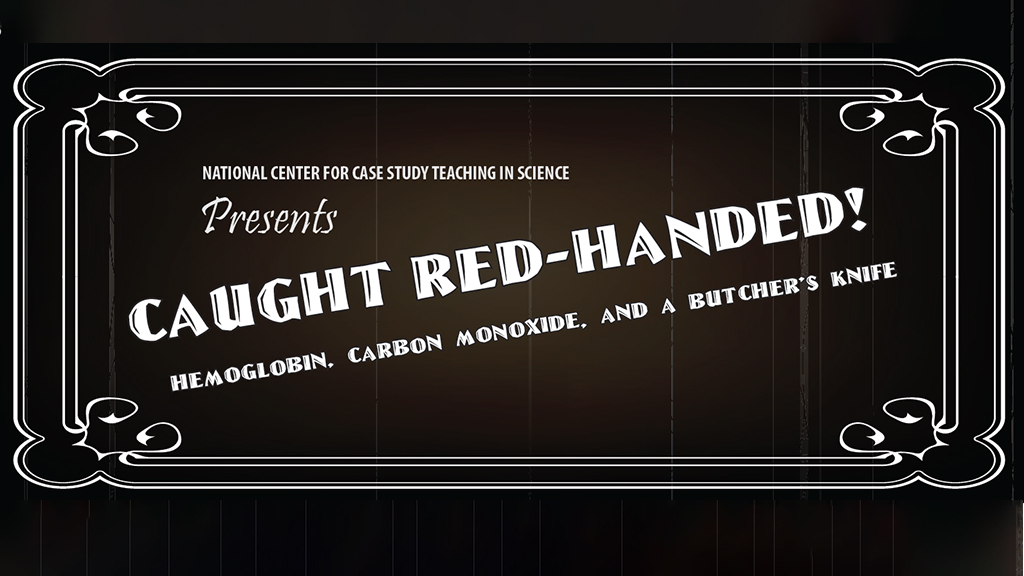Abstract
Was the "Brooklyn Butcher" of 1926 a cold-blooded killer or was something less sinister at play? This interrupted case study introduces students to hemoglobin binding and carbon monoxide poisoning by working through the details of a fictionalized account of a true-crime story. Topics covered include molecule conformational states, binding affinity, deoxyhemoglobin, oxyhemoglobin, carboxyhemoglobin, and oxygen transport. Students also design an experiment to determine the cause of death of the victim. Prior to beginning the activity students should have some knowledge of the respiratory and circulatory systems and be familiar with oxygen binding curves. Detailed understanding of hemoglobin conformational changes is not necessary since this information is covered in the case. Students will also learn briefly about the electromagnetic spectrum and visible light. Originally developed for a non-majors, pre-nursing anatomy and physiology course, the case is also appropriate for use in any of the following courses: introductory biochemistry, introductory biology, introductory chemistry, nursing, exercise physiology, or possibly even introductory physics.



